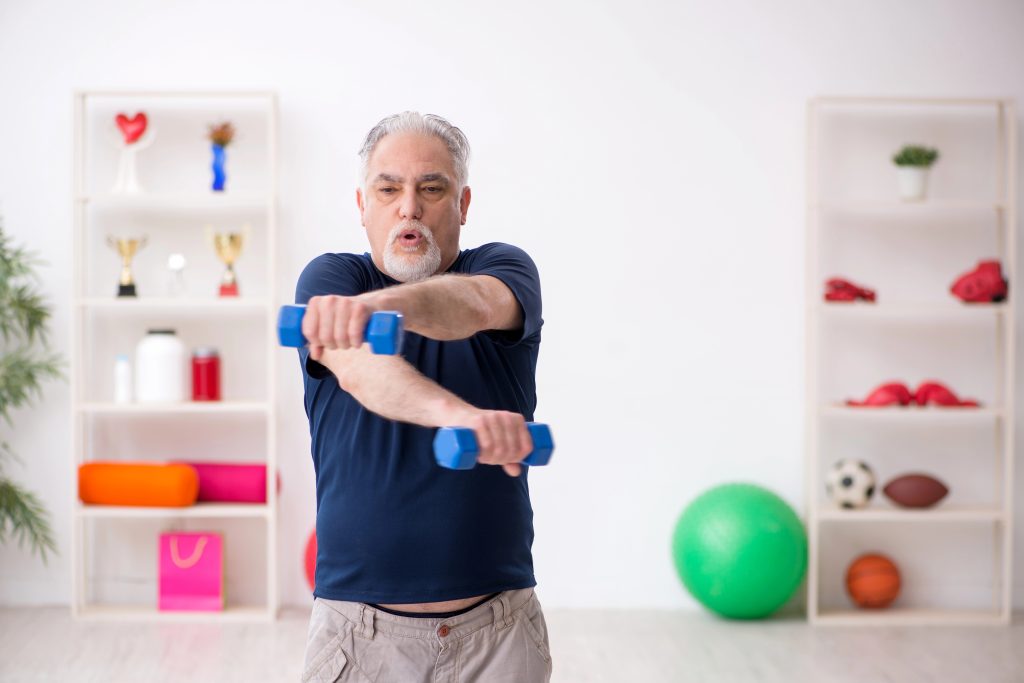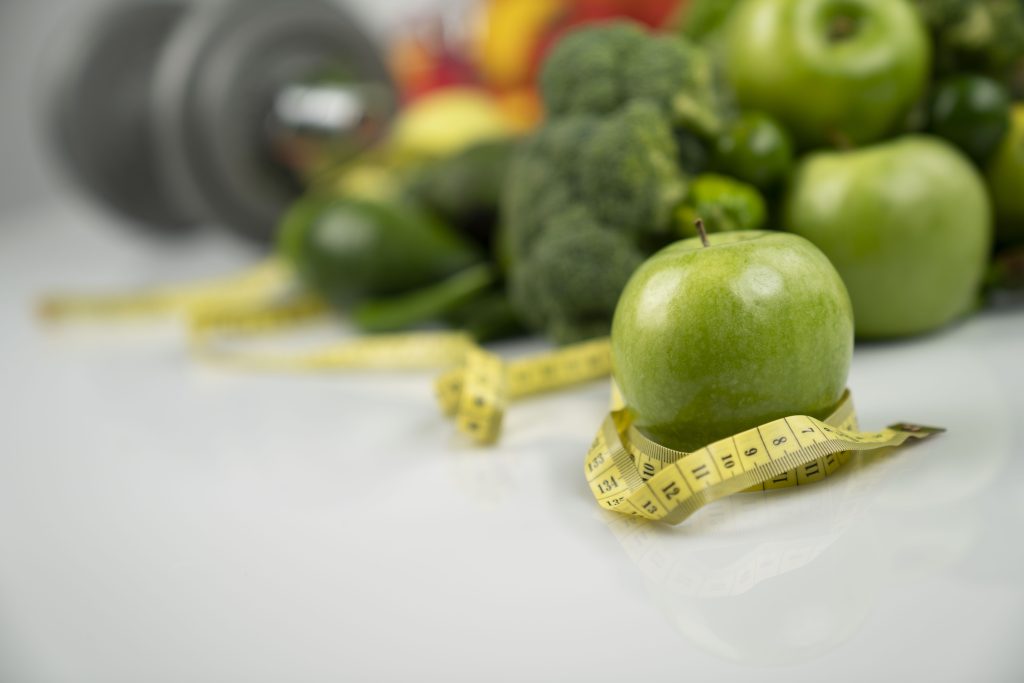
“Almost half of American adults will be obese by 2030,” classifies recent research. That’s not a number—it’s a wake-up call to any adult who’s ever watched their body change as they age, particularly high-stress busy adults who’re attempting to make it happen at the office and at home and at the gym.” But this is the thing: getting fit over 40 has absolutely nothing to do with aiming for perfection or torturing yourself with unrealistic routines. It has everything to do with discovering clever, evidence-based routines that fit into your actual life—and actually feel incredible.
From mindset changes to movement tricks, the new science and real-life success stories show that change at any age is achievable. No matter whether you’re trying to keep up with your children, regain your energy, or simply feel good in your own skin again, these habits are tailored to keep your body going—not hold you back. Prepare to have a toolkit of real, expert-approved strategies that will allow you to flourish, not just survive, in your 40s and beyond.

1. Mindset Over Perfection: Progress Is the New Goal
Bidding adieu to the all-or-nothing approach is a game-changer. The biggest transformation begins with a mindset adjustment—embracing progress over perfection. As one wellness coach described it, “Perfection mindset: ‘I ate a cookie, so I’ve ruined everything.’ Progress mindset: ‘I ate a cookie, enjoyed it, and I’m back to my healthy habits with the next meal.'” This mentality doesn’t sound only nicer—it’s been shown to work. Studies show that individuals who experience a sense of consistent, small victories create habits that last, even during busy times.
Rewiring your brain for positive change is all about honoring each and every step, no matter how small. Experiment with waking up in the morning with a positive intention or closing your day with a thank-you letter to your body for all you accomplished. These small actions can create a strong ripple effect, and before you know it, you’re bouncing back from failures and moving ahead. Remember, sustainable change is more about momentum than it is about perfection.

2. Daily Movement: The Strength of Consistency (Not Intensity)
Say goodbye to marathon sessions—what matters most is keeping movement a non-negotiable part of your day. Consistency beats intensity when creating habits, research shows. In fact, 15 minutes of mild exercise every single day is more supportive of creating a habit than high-intensity, irregular sessions.
It doesn’t have to be difficult to create a movement habit. Begin with block walks, stair climbing, or push ups while the coffee is brewing. As detailed in a recent report on feasibility, exercising at the same time each day can be motivating and adhere to the plan (prescribed exercise time is possible and acceptable). The secret? Integrate movement into daily habits—like a post-lunch walk or stretching after brushing—putting it on autopilot.

3. Balanced Nutrition: Protein, Fiber, and Whole Food Always Come Out on Top
Ditch the dieting drama and eat to fuel your body with what it really wants. Experts are in agreement that whole, nutrient-dense foods—vegetables, fruits, lean proteins, and healthy fats—are the key to healthy weight loss and energy. Shoot for 20–30 grams of protein per setting with each meal and at least 30 grams of fiber daily to be satisfied, fuel muscle, and balance blood sugar.
Ultra-processed foods, sugar, and booze? Save them as the occasional treat. Not only do they provide more calories, but they also disrupt sleep and stress levels, which can hinder weight loss. The “3-plate rule”—half plate protein, a quarter complex carbs, a quarter healthy fats—takes the guessing out of meals. As one expert explained, “The magic happens when you stop thinking about what you can’t eat and focus on what you should eat more of.”

4. Rest, Recovery, and Hydration: The Unsung Superpowers
If you’re burning the candle at both ends, your body will remind you. Sleep is not a choice when it comes to weight loss, energy, and mood. Bad sleep can ruin you by boosting cravings and making healthy routines more difficult to maintain (bad sleep makes weight loss more difficult). Establishing a bedtime alarm, relaxing with calming rituals, and keeping screens out of the bedroom will help you sleep better.
Hydrating is also essential. Your body’s ability to feel thirst reduces with age, so take conscious action—aim for minimum 2.5 liters of water per day. Hydration not only boosts energy and exercise but also suppresses hunger and lubricates the joints. If you’re sweating or exercising more than your usual level, supplement with electrolytes. Simple alterations in sleep and hydration protocol can release tremendous gains in your overall performance and sense of being.

5. Habit Stacking and Environmental Cues: Make Healthy Choices Effortless
Want your new habits to become permanent habits? Layer them on top of a habit you already have—this is referred to as “habit stacking,” and it’s a behavioral science favorite. Example: hang up your workout equipment as soon as dinner, or have a glass of water before you have your morning coffee. Behavior specialists claim that attaching new habits to habits you already have makes them almost automatic in the long term.
Environmental triggers are equally as potent. Have healthy snacks available, place reminders in your phone, or find an accountability friend who will motivate you. Science reveals that social support and deliberate reminders can triple your success at maintaining healthy behaviors. The idea is to make the healthy option the convenient option—so you don’t have to count on willpower.

6. Strength Training: Your Secret Weapon Against Age-Related Muscle Loss
You will inevitably lose muscle mass past age 30, but strength training is your best defense. A minimum of two to three times a week is what the authorities advise, and the key is progressive overload—increasingly more difficult to maintain, getting your muscles to adapt. Strength training maintains metabolism high, increases fat loss, and makes everyday function improved.
You don’t have to shell out for fancy gear or pay membership to the local gym. Bodyweight exercises, resistance bands, or home dumbbells will do. Progressive overload and consistency are the name of the game. As one trainer rightly said, “The smartest fitness tweak you can make in midlife: Focus on body recomposition (AKA gaining muscle while losing fat) instead of weight loss.”

7. Supplements: Savvy Support, Not a Crutch
Supplements work, but are no magic bullets. Muscle recovery and growth favorites are creatine, vitamin C, magnesium, and ashwagandha with increasingly more data to support them (creatine supplementation and muscle strength). But always consult your medical doctor first before you do anything new, particularly if you are health-strapped.
Remember that supplements are most effective when combined with a solid base of nutrition, exercise, and sleep. Consider them the icing on your cake of good health—don’t make the meal out of it.

8. Stress Management: The Missing Link to Sustainable Results
Stress isn’t just a mental test—it can even impact your weight, cravings, and motivation. Chronic stress spikes cortisol, which has been linked to increased appetite and fat in the abdomen (stress stimulates appetite and cravings). Add stress-reduction activities like walking, yoga, or simply taking time outside to keep your mind and body in tune.
Don’t downplay the power of community either. Social support—friend, family, or social network—can carry you along and keep you on course when things get difficult. Stress management is just as important as nutrition or exercise management.

9. Gut Health: The Surprising Key to Weight and Energy
New studies are revealing the important role the gut microbiome plays in maintaining weight and overall well-being. Increasing intake of high-fiber foods, supplementing with probiotics, and avoiding processed food can all help to change your gut bacteria for the better, leading to improved digestion, metabolism, and even mood (dietary fiber and gut health).
Imagine your gut as the body’s control center—feed it with varied plant foods, probiotic foods such as yogurt or kimchi, and water it with lots of water. Gradual changes in diet can make a big difference in your energy levels, cravings, and even immune function.

10. Love Setbacks and Keep Going: Discipline Trumps Motivation
Motivation wears off, but discipline will compel you to do something when the initial excitement wears off. The greatest achievements are created by just showing up—whether you feel like it or not. There is a helpful rule: if you don’t feel like doing your workout after 10 minutes, it’s okay to quit. You’ll usually push through and be glad you did.
Remember that setbacks are not failures—those are feedback. Learn, adapt, and move forward. As a wise coach once said, “Setbacks aren’t failures. They’re information.” The trick? Reflect. Keep coming back day after day, and your new habits will become old hat.
Getting in shape at 40 is not about revolutionizing your life overnight—it’s about racking up small, achievable wins that fit your actual life. By incorporating these evidence-based habits, you’re not striving for a number on the scale; you’re creating energy, confidence, and resilience for whatever the future brings. The best part? Whatever you do today counts as an investment in the healthiest, happiest version of you—you can start anywhere.


